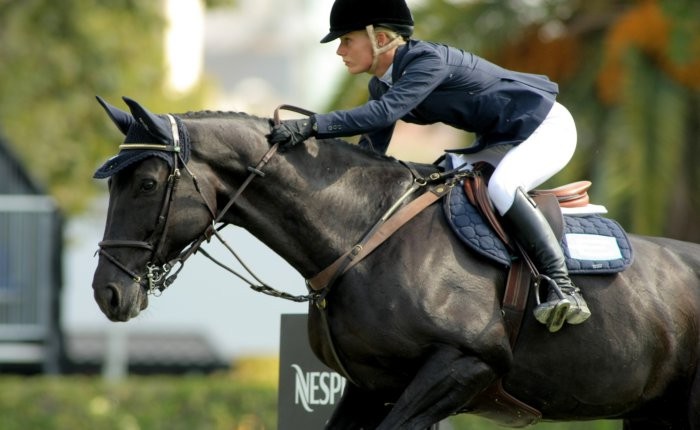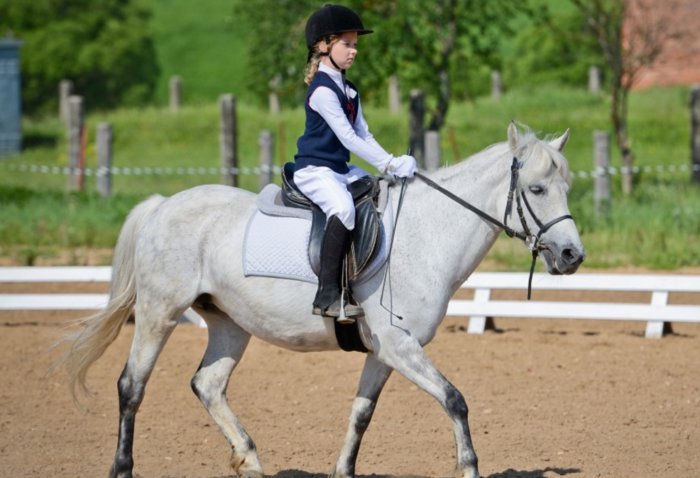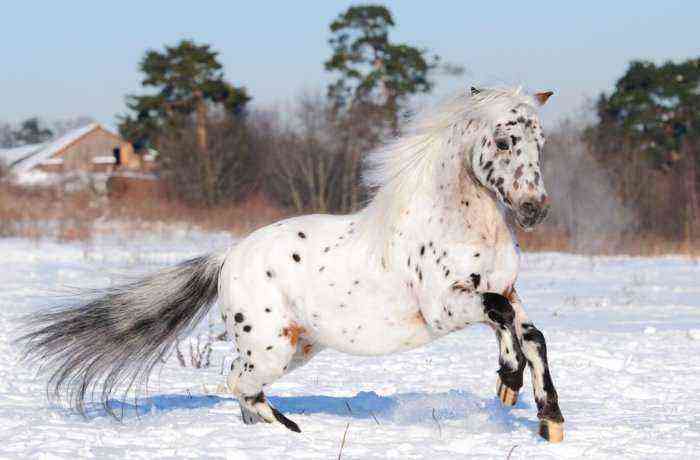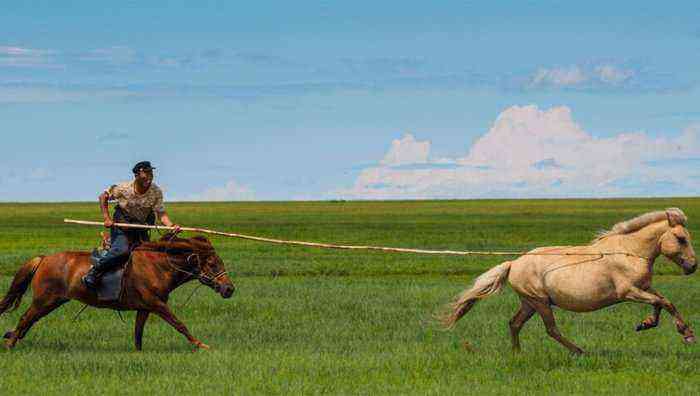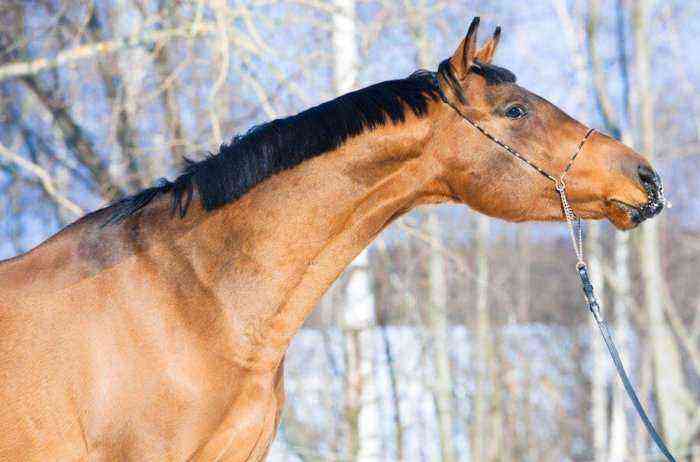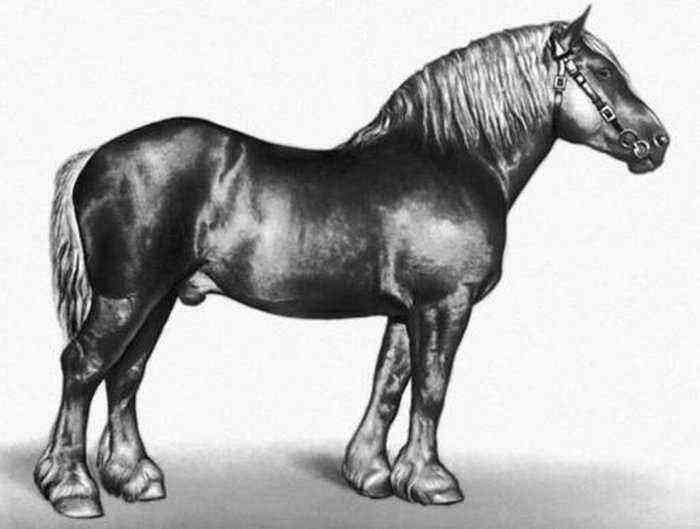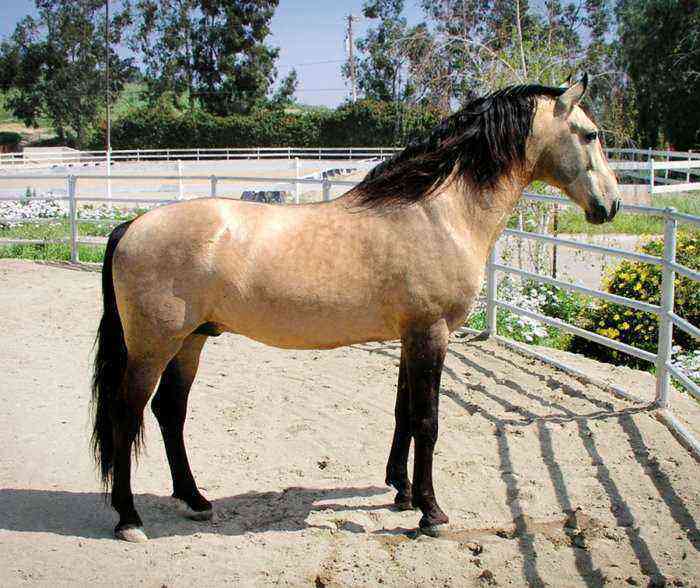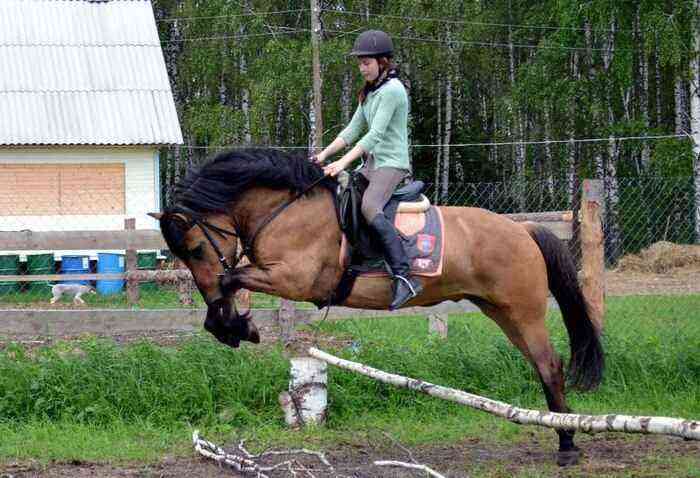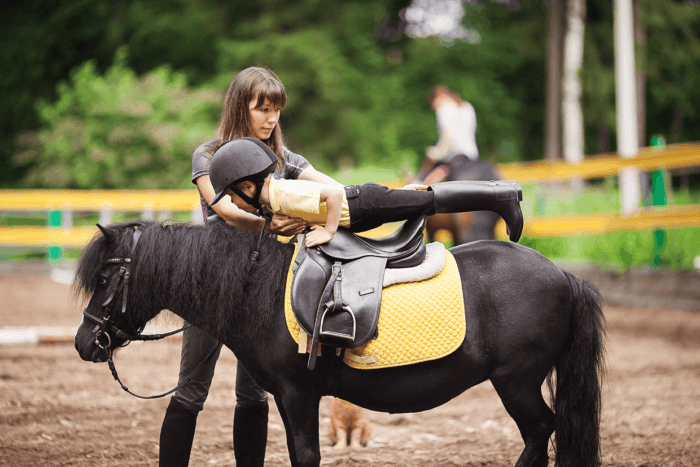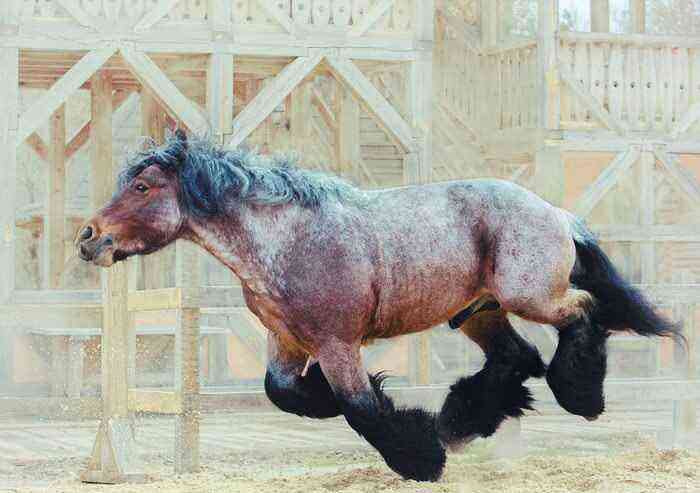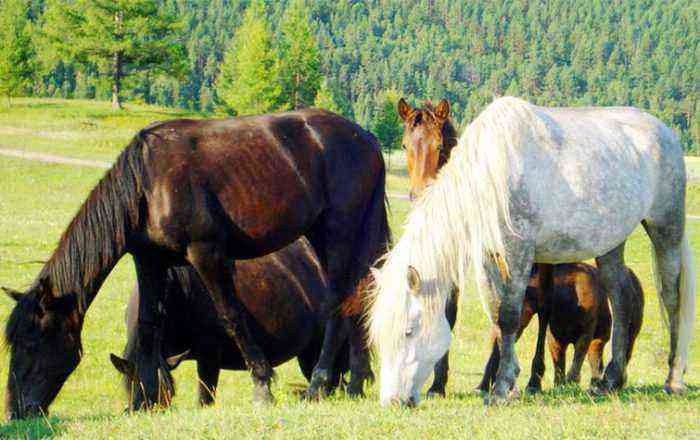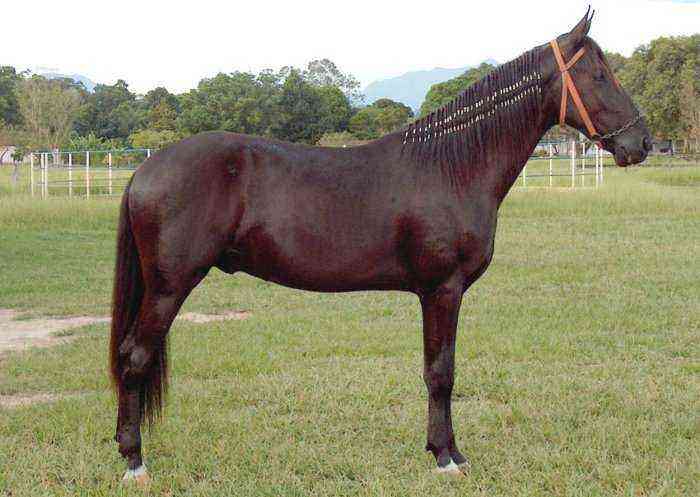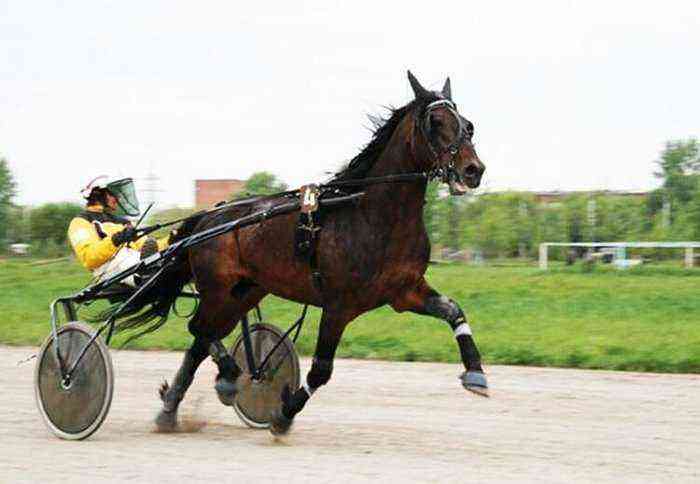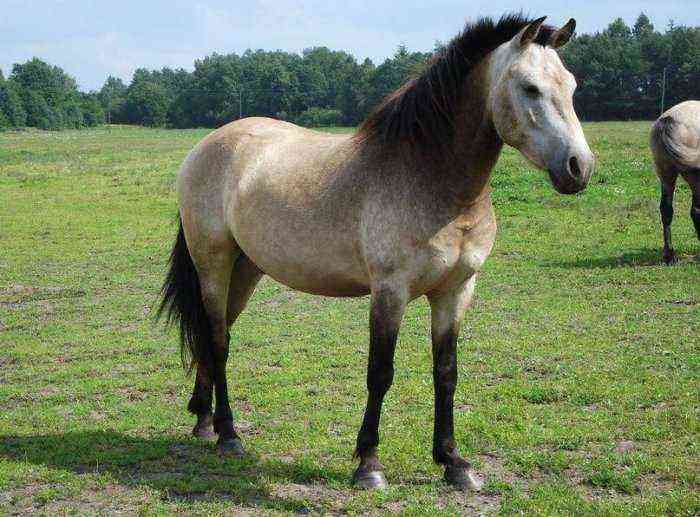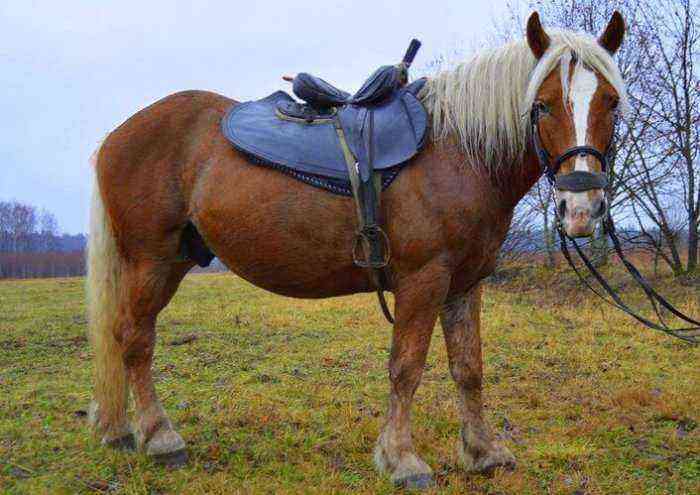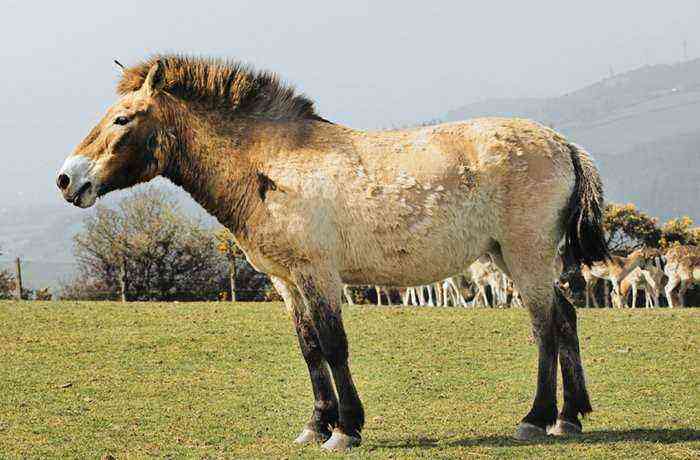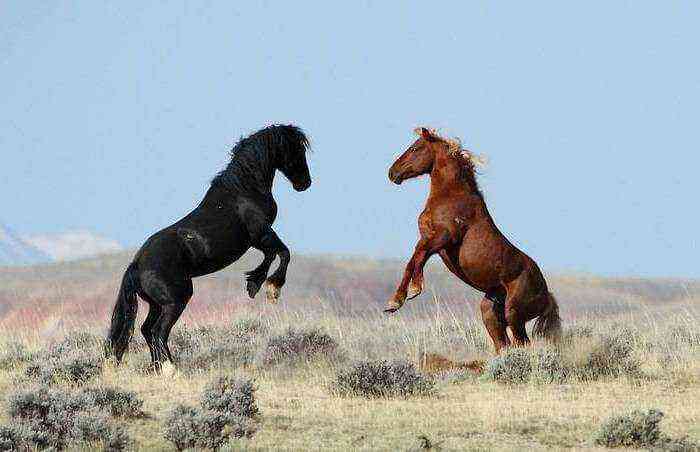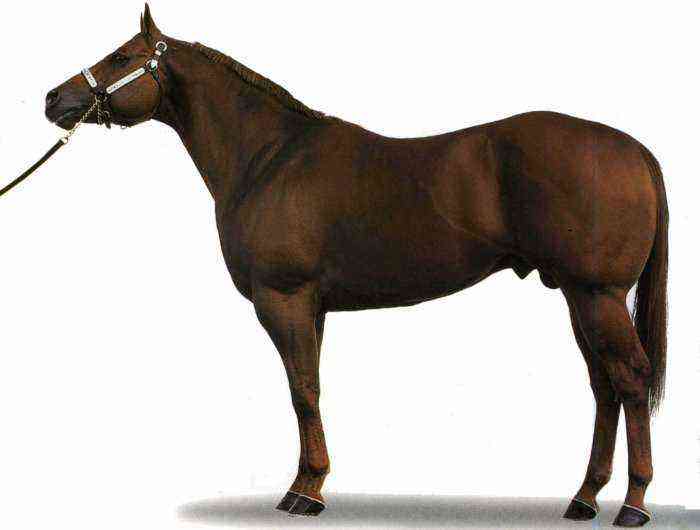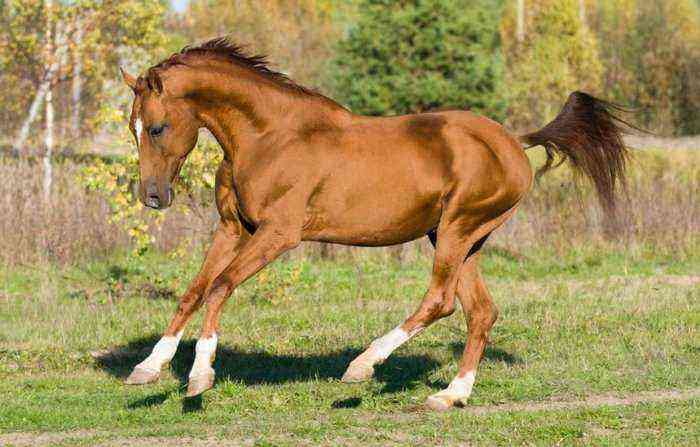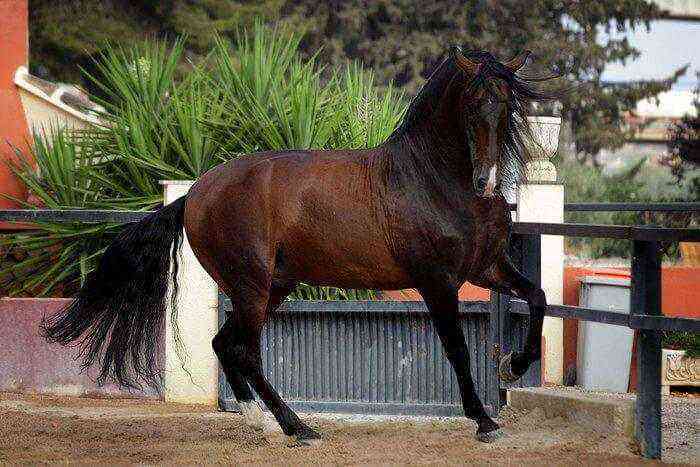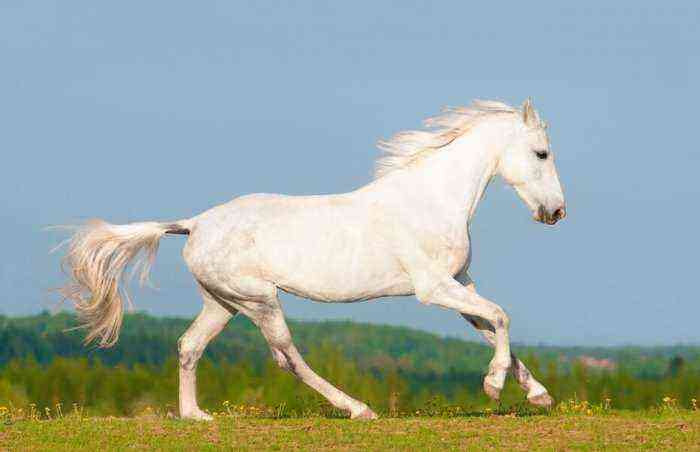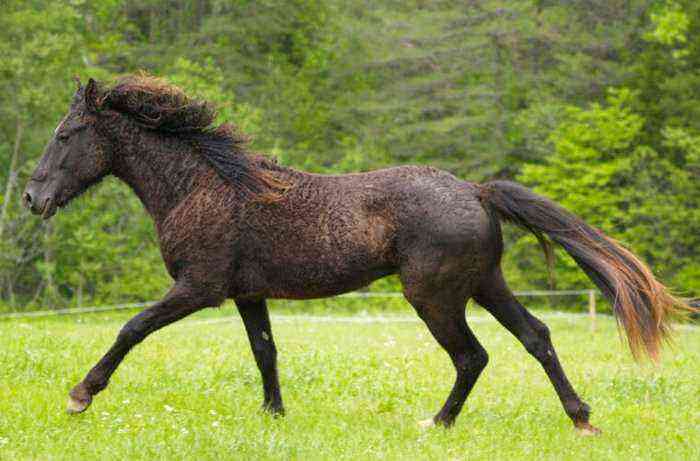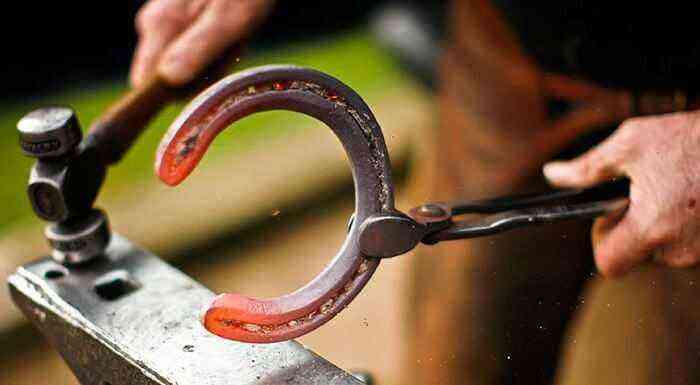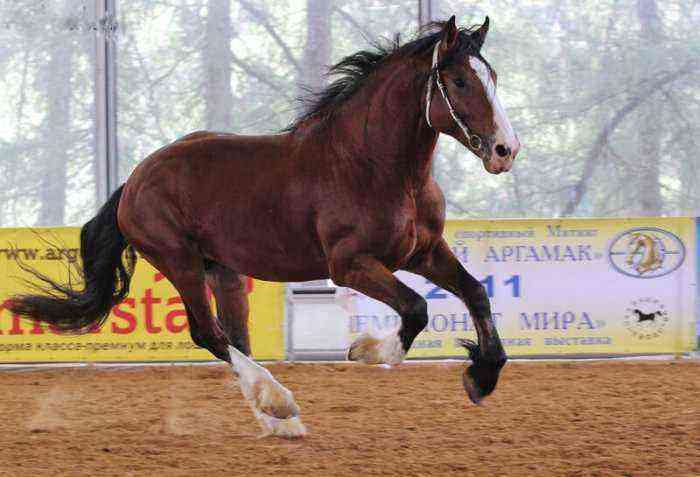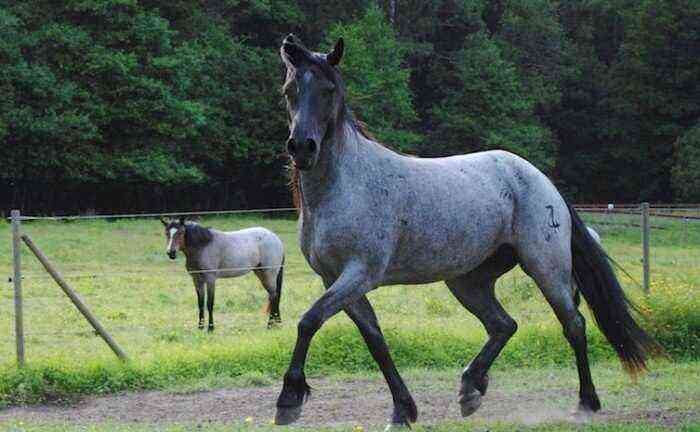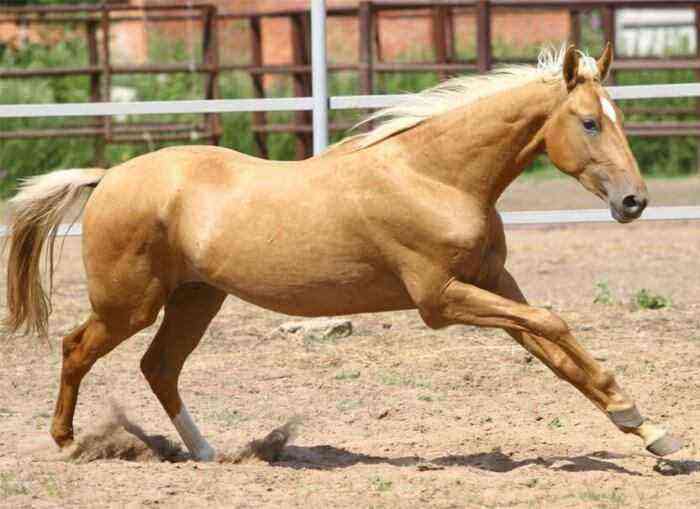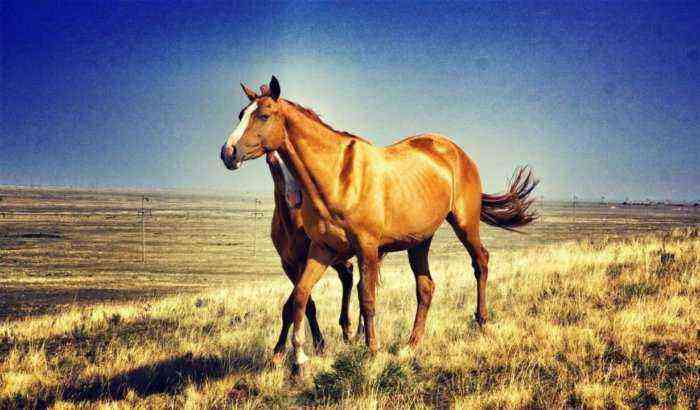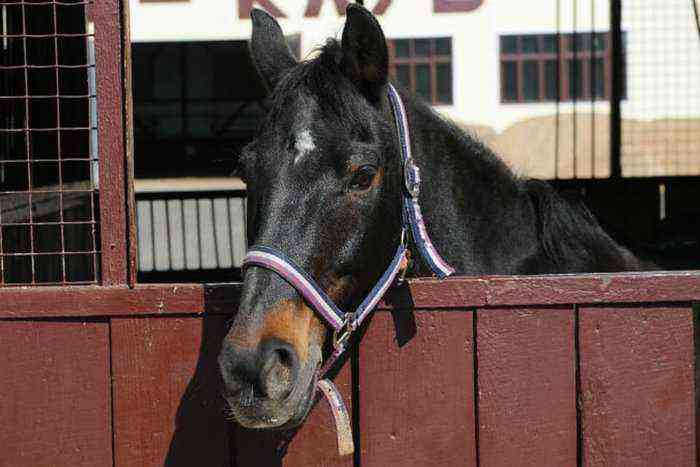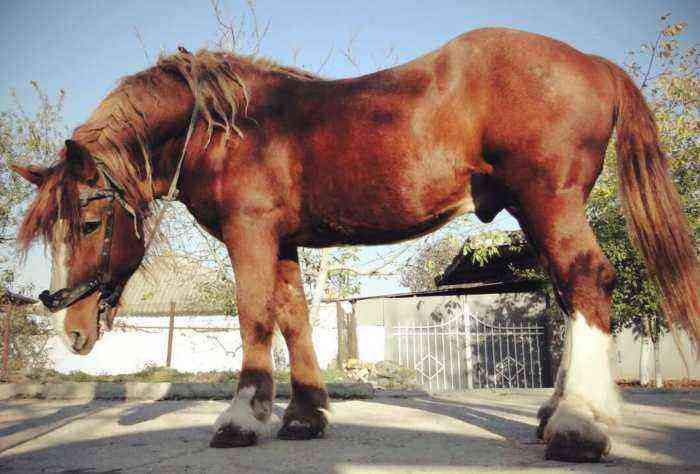Riding a horse can give many pleasant experiences. Anyone who has ever tried to ride a horse will confirm how exciting it is. Communication with a kind and intelligent four-legged friend has a beneficial effect on the physical and psychological state of a person. To benefit from horseback riding, you need to master the rules of riding. Learning to ride is not difficult, the main thing is to regularly attend training and follow the instructor’s tips.
Rider on horseback
The benefits of horse riding
Horseback riding is good for people of all ages. Doctors recommend horseback riding for those who suffer from diseases of the respiratory and nervous systems, as well as for people who have had a heart attack. Consider how riding affects the body:
- tones all muscle groups;
- improves posture;
- trains the vestibular apparatus;
- improves blood circulation;
- relieves stress and tension, relieves depression;
- develops self-confidence.
Attention! It is contraindicated to engage in horseback riding with exacerbation of chronic diseases, with allergies to horse dander, asthma. Children under 14 years of age must bring to the instructor a certificate from a pediatrician stating that their health condition allows them to engage in equestrian sports.
At what age can you learn to ride a horse?
Anyone can learn to ride, regardless of age. Children quickly master the skills of riding a horse, as practice shows. You can start to engage in a child from 5-6 years. There are no age restrictions for adults. Even older people can try their hand at amateur sports. Riding a horse will have a beneficial effect on the psychological and physical condition.
horseback riding
Riding rules
Horse riding will give a lot of pleasant sensations if the training is conducted under the guidance of an experienced instructor, because beginners have a lot to learn:
- how to get to know a horse;
- what equipment will be needed;
- how to sit down and get up from the animal;
- how to manage it.
First you have to learn the theory, and then practice riding. Difficulties will not arise if a good mentor is nearby.
Equipment for classes
A beginner rider will need special clothing for riding. It should not restrict movement. Jeans or trousers, a comfortable vest will do. Training shoes are chosen with flat soles to minimize the risk of getting tangled in the stirrup. An important element of protection is a helmet; without it, beginners cannot sit on a horse.
Equipment for the animal does not need to be purchased, it is usually available at the disposal of the equestrian club. It includes items:
- bridle;
- saddle;
- girth;
- gel or fur coat on a saddle cloth;
- bandages.
Attention! Experienced riders can ride bareback, but for a beginner it can be dangerous. Riding a bare horse requires good preparation.
Experienced rider
The first stage of training is getting to know the animal
Horses kept in equestrian clubs are not inclined to show aggression, they are loyal to new riders. If you have to learn to ride on a horse that belongs to a friend, it is important that the owner of the horse is present at the first lessons. You can arrange the animal to yourself by caressing it, stroking its neck. You need to talk to the horse in a pleasant voice.
Attention! If the horse’s ears are turned back, it means that he is tense. You can not saddle a horse until it relaxes, and the degree of its trust in a stranger does not increase.
A treat will help to make friends with the animal. Offer the horse carrots, a piece of melon, bread, or some special food if the instructor allows.
How to sit on a horse and move off?
It is not easy to climb a horse for the first time, you need experience. Experienced riders know that there are no nerve endings in the withers area, so they safely grab the mane with their right hand, helping themselves to rise. Instructions to sit correctly will help:
- approach the animal on the left;
- place your left foot in the stirrup;
- grab the mane at the withers;
- push off with your right foot from the ground, lifting the body;
- throw the right leg over the horse’s back and insert it into the stirrup.
The first thing a beginner learns is walking on a horse. In order for the animal to start moving, the rider leans forward a little with the body and squeezes the horse’s body with both legs. The pet will speed up if the rider rhythmically hits it on both sides with their feet.
Walking on a horse
How to stay in the saddle?
Rising into the saddle, the rider must assume the correct position. The back is kept straight, trying not to shift the center of gravity. Proper landing implies complete relaxation of the muscles, the posture should be natural. The hip bones are clearly in the saddle recess.
It is important to learn how to keep balance, as if repeating the movements of the horse. The ability to balance comes with experience, so training is carried out only on calm and balanced pets. The rider is kept in the saddle thanks to the muscles on the inside of the thighs, but this does not mean that he is constantly tense. When the feeling of confidence comes, the rider controls the body unconsciously.
How to make turns?
Experienced riders control the horse with light movements of their body. A beginner will first have to master the basics of this science. The occasion is the main tool with which a person gives the animal the necessary commands. With it, you can stop the horse and change the trajectory of movement.
By creating tension on the reins, the rider slows down or turns. To turn the horse to the left on the move, the rider slightly tightens the reins on the left side, and loosens them on the right side. In this case, the right leg is pressed against the body of the animal behind the girth, as if pushing it in the right direction. The same actions apply when turning right, only in mirror image.
Attention! During the turn, the torso is kept straight. A shift in the center of gravity can lead to falling out of the saddle.
How to stop and get off the horse?
By pulling on the reins with force, the man hurts the horse. To stop, it is not necessary to resort to such a technique. Follow instructions:
- holding the reins in your hands, tilt the body back, shifting the center of gravity;
- squeeze the horse with your hips;
- slightly pull the reins towards you, letting the animal know that you need to stop.
Getting off the horse is easy – remove your right leg from the stirrup, throw it over, holding on to the mane at the withers, lower yourself to the ground, and then free your left leg.
How to get off a horse
Keeping distance and driving safely
The key to safe riding is keeping your distance. There should be 3-4 meters between horses moving one after another. Animals should not be allowed to be too close to each other. It is impossible to predict their behavior – some individuals may be frightened and show aggression.
Attention! Riders moving towards each other always ride with their left shoulder.
Safe fall
While riding, the animal may behave unnaturally, suffer or buck. It happens that the horse stumbles and falls along with the rider. In such a situation, you should not panic. If a fall is unavoidable, you should try to relax and fall to one side, and then immediately roll in the opposite direction from the horse. This will help avoid being hit by hooves.
Attention! After a fall, it is important to make sure that there are no serious injuries. After you need to inspect the horse.
Common mistakes while riding
Inexperienced riders often make mistakes when learning to ride. The most common are:
- Fear and tension. Riding a horse is a pleasant experience. You need to relax and calm down, because if the animal feels the uncertainty of the rider, it can gallop.
- Riding without equipment and equipment. Riding without a helmet is unacceptable, it can cost the life of an inexperienced rider.
- Winding the reins on the hands. This is very dangerous – if the horse suddenly carries, you can break your arms, and falling out of the saddle, hang and fall under the hooves.
Types of gaits
A beginner needs to master several types of horse movement:
- step;
- lynx;
- gallop;
- inokhod.
In the first lessons, they learn to walk in steps. This is the slowest and therefore the safest way to travel. In order for the horse to go, it is enough to lightly pat her legs in the hip area. Other types of gaits are mastered gradually, as they involve a higher speed of movement. The trot is faster than the walk, and the gallop is the fastest run. Only experienced riders can practice it.
Anyone can learn to ride, but it takes practice. By regularly attending training, the beginner will gradually hone his skills, learn to feel the horse and control it.

